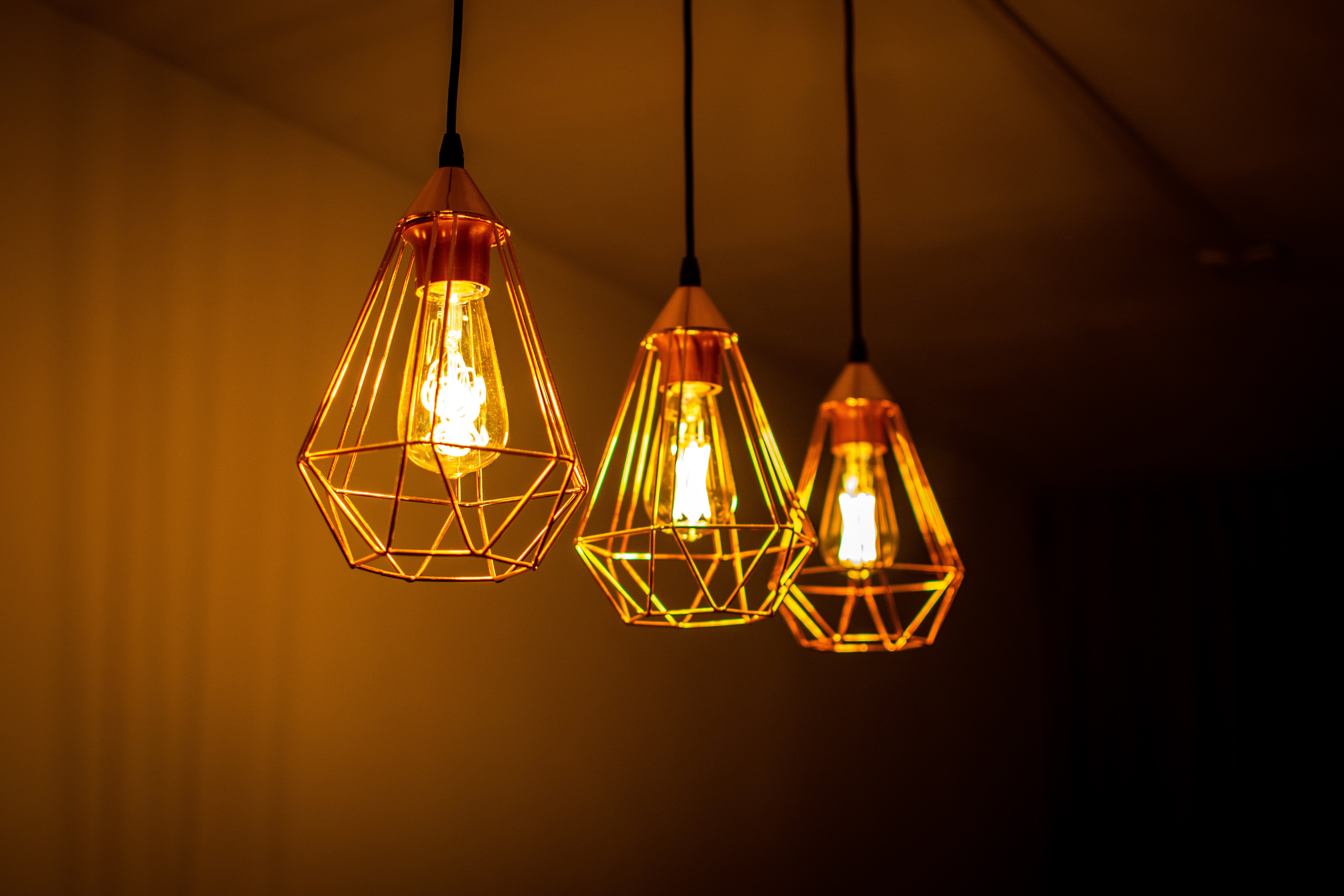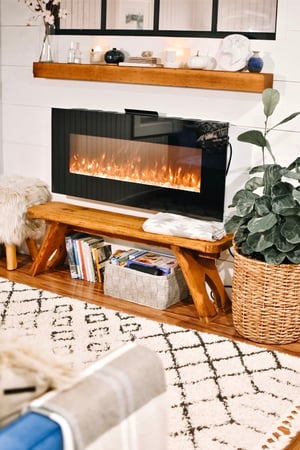
Keeping cosy in winter doesn’t have to be an expensive affair. There are a lot of energy-efficient options these days for creating and retaining heat indoors, and many of them have the additional bonus of adding value to your property as well.
Proper insulation is number one on the list of value-adding energy-saving solutions. There’s no point trying to heat a space that just releases all the warmth outside. It’s like trying to blow up a balloon that has a hole in it – even if you manage to inflate it, you have to keep adding air if you want it to stay full. Likewise, if your house isn’t properly insulated, you have to keep adding heat if you want it to stay warm. That’s an expensive operation with the current price of electricity.
The two main areas responsible for heat leakage are ceilings and openings like windows and doors. Both can be insulated easily by professionals or as a weekend DIY.
Ceiling insulation tends to make the most measurable difference to interior temperatures. It’s so effective that it’s a legal requirement for all newly-built homes and extensions in South Africa. There are several types of ceiling insulation available on the market, but make sure to check the thermal resistance value, or R-value, of your chosen product to ensure it’s appropriate for your home and climate. The higher the R-value, the more insulation the product provides.
A geyser blanket can make a substantial difference to your electricity usage, and many installers offer this as part of their service. Geysers lose a lot of heat to chilly ceiling spaces in winter, which pushes up the amount of electricity they use. Insulation will help to minimise this problem.
 draught excluders are also available for exterior doors that don’t seal tightly against their sills.
draught excluders are also available for exterior doors that don’t seal tightly against their sills.Remember, the most important thing to heat is you, so warm the spaces you use and don’t underestimate the power of a hot water bottle and a pair of fluffy socks!